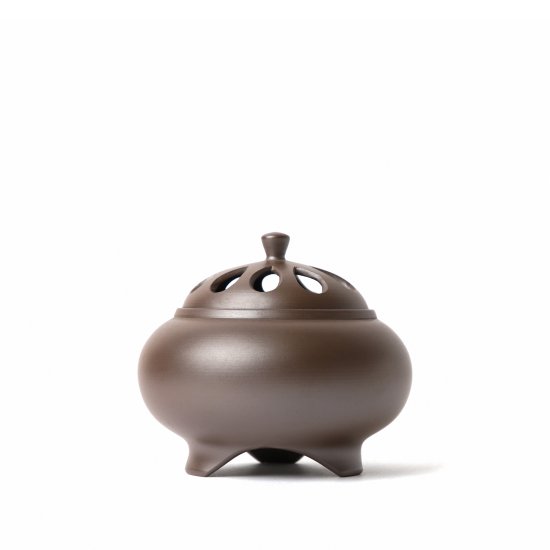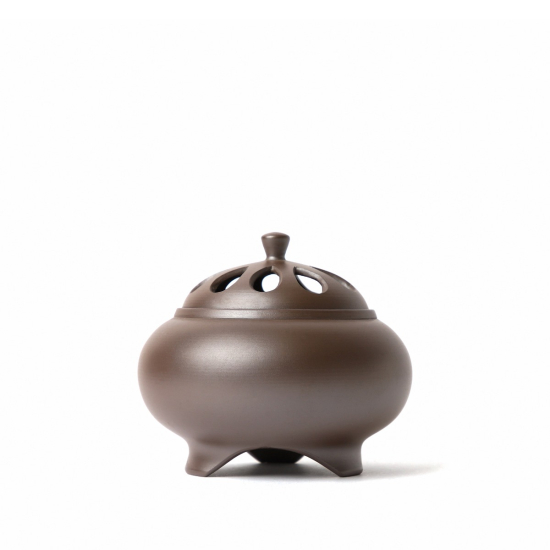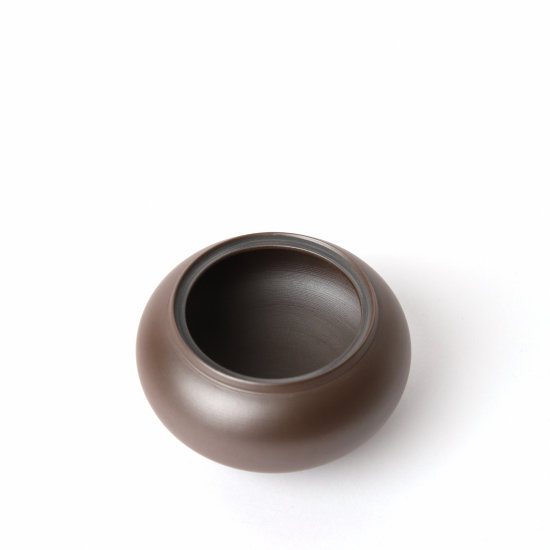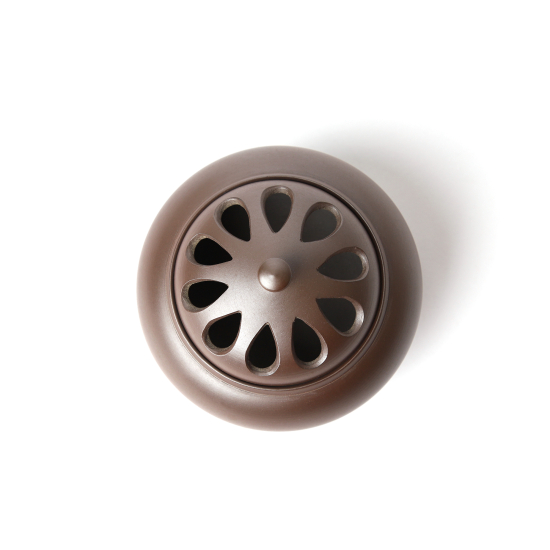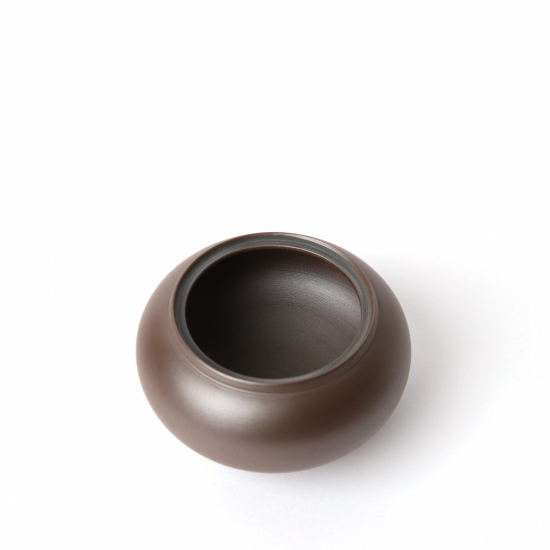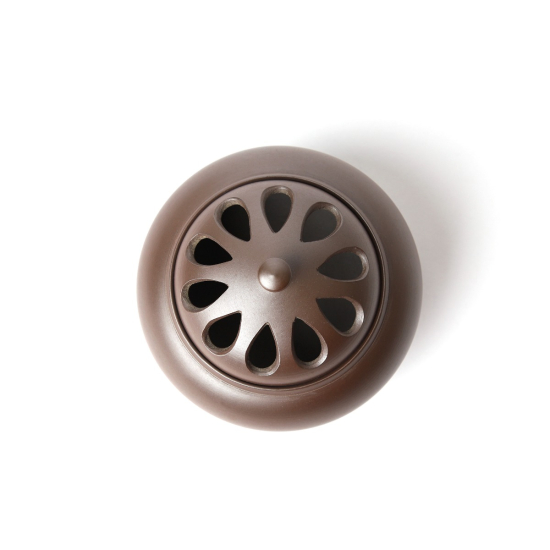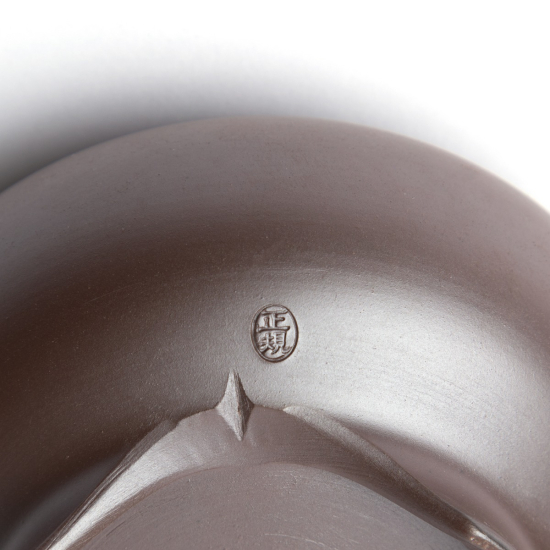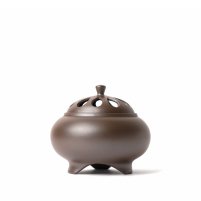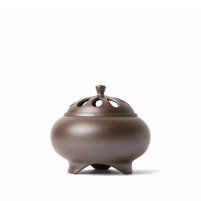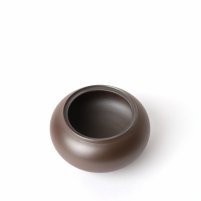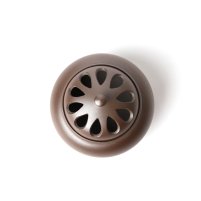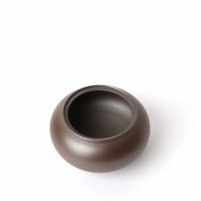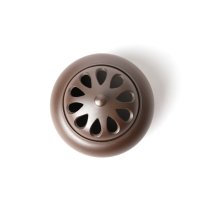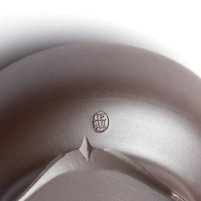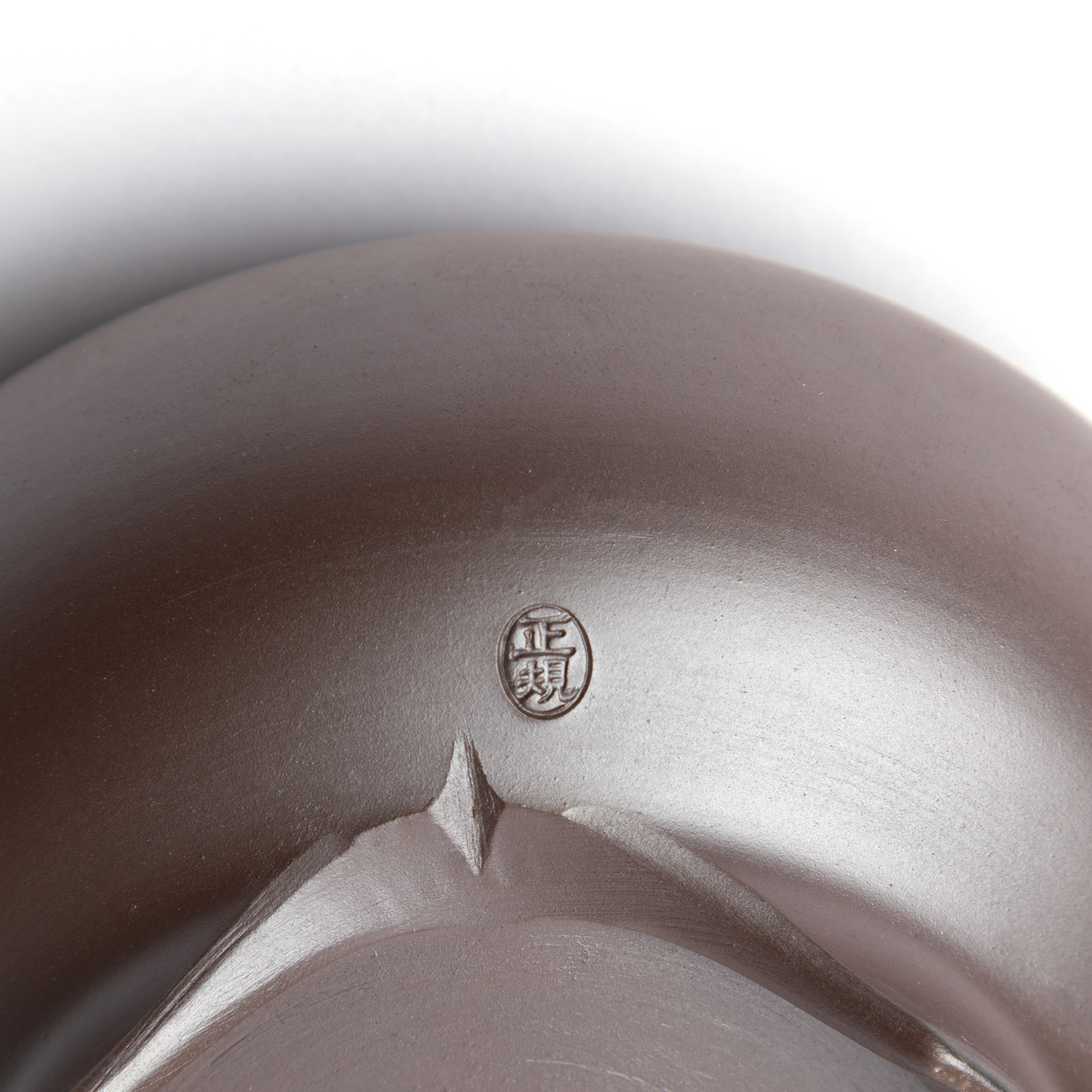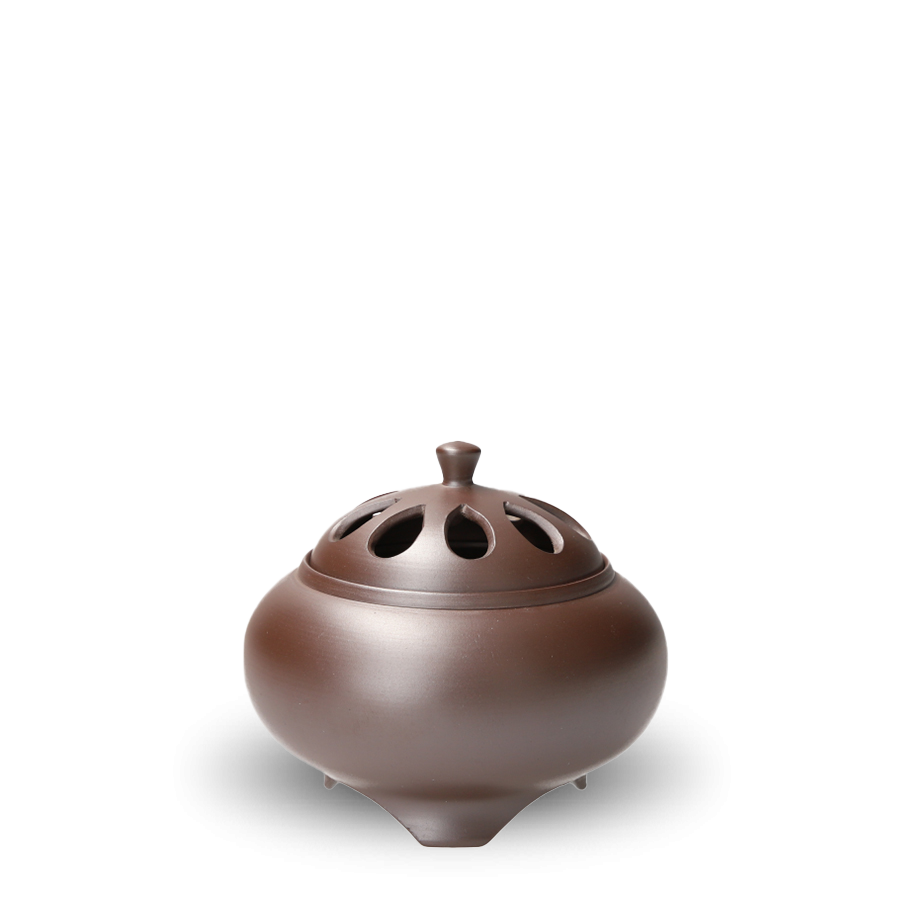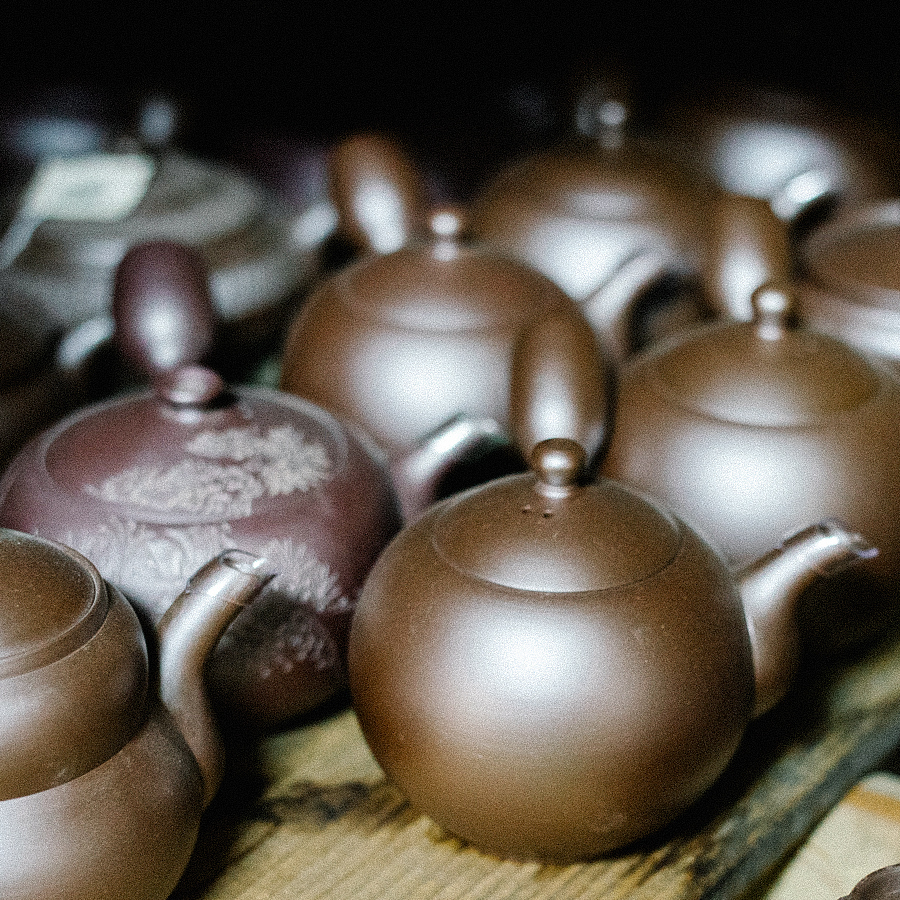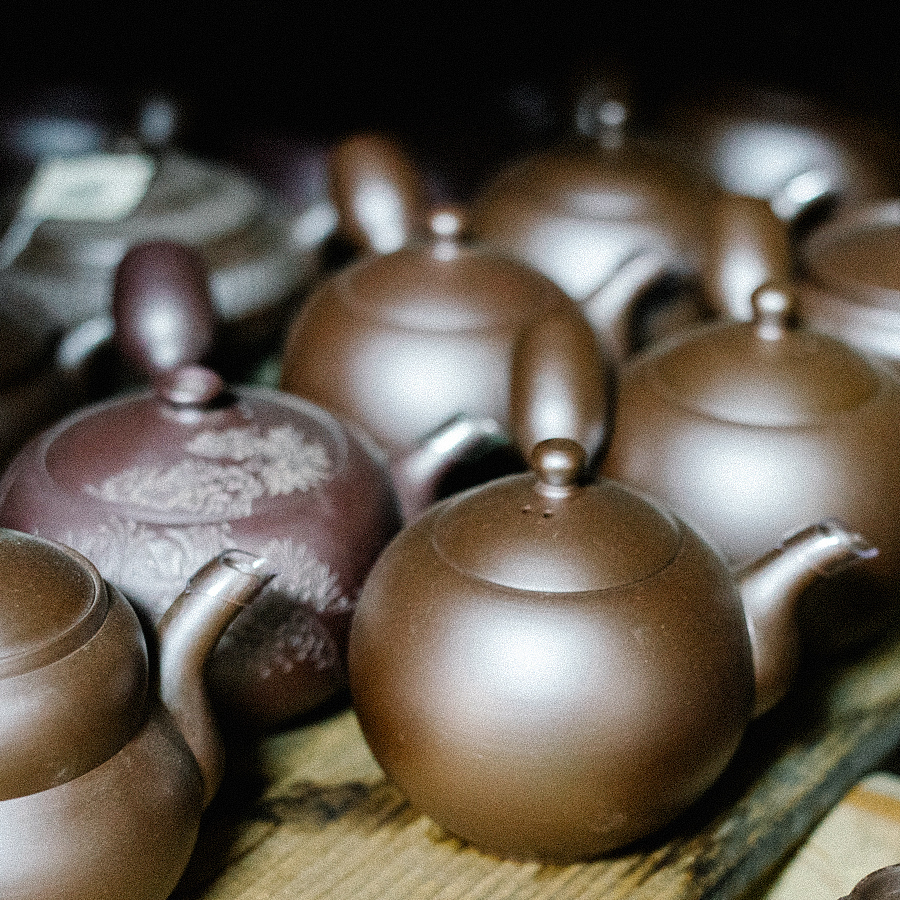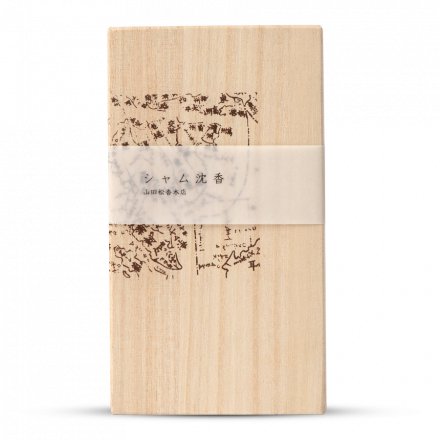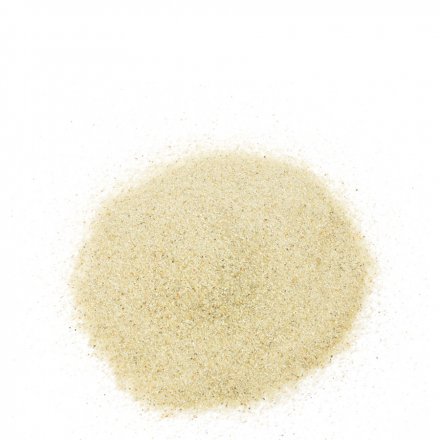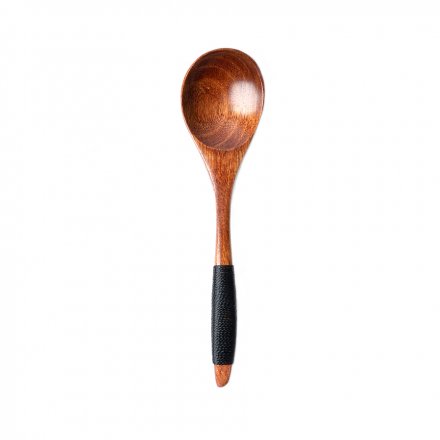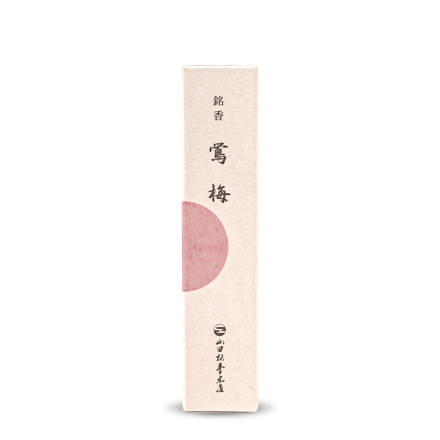Shidei banko will quickly develop a patina and become more glossy with use. It is natural that fingerprints will stand out on the surface in the first few months but these will begin to subside as the surface starts to develop a deep lustre. When cleaning, only use water and a soft cloth, then leave to air dry naturally. Do not use detergents or put in the dishwasher. Hard water may cause limescale deposits to develop, in which case rinse with soft bottled water, then wipe with a soft cloth.
Banko Incense Burner
Kōro 香炉
Masaki
SKU
5594
Burn traditional Japanese senkō incense sticks in this sophisticated Kōro incense burner by renowned Yokkaichi Banko-yaki artisan and Certified Traditional Craftsman, Masaki Tachi. For use with white ash, also suitable for incense cones and coils.
| Product | Banko-yaki Incense Burner |
|---|---|
| Origin | Yokkaichi, Mie prefecture, Japan |
| Maker | Masaki |
| Dimensions | Ø10.5 x 8cm |
| Material | Ceramic |
| Decoration | Openwork petals on lid |
| Finish | Unglazed (yakishime) |
| Manufacture | Potter's wheel (rokuro) |
| Artist's Mark | Seal to base |
| Packaging | Signed wooden box (kiribako) |
Each item is handmade therefore patterning, colour and size may vary slightly.
In stock



